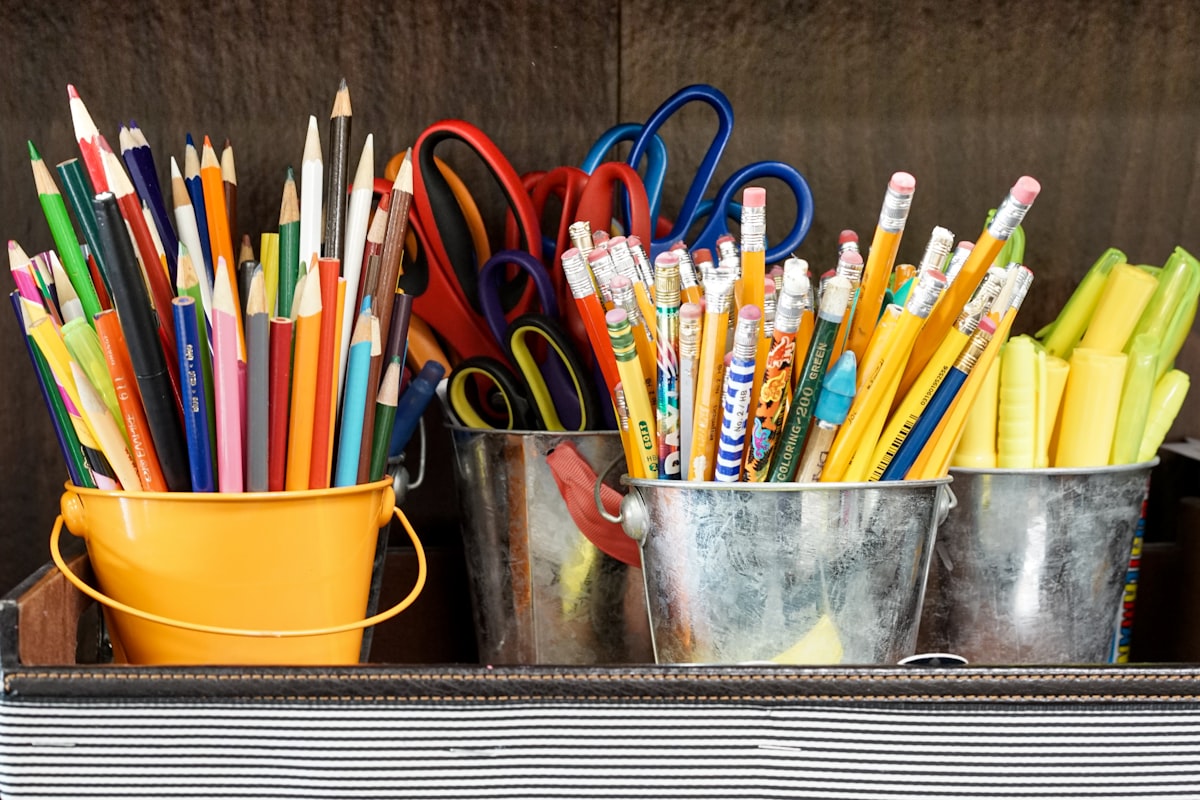Tips for Teachers - The Power of Routines
Fostering a collaborative culture in your classroom takes time and effort. This time and effort will be well spent. By implementing these tips, you can create a supportive environment where students thrive, develop essential skills, and achieve higher levels of academic success.

Effective classroom routines are crucial in establishing a positive classroom environment and promoting student success. By implementing well-defined and consistent routines, teachers can create a sense of structure and organization, which in turn fosters a collaborative and productive learning atmosphere. These routines serve as the building blocks for effective classroom management, allowing teachers to establish clear expectations, manage transitions smoothly, and maximize instructional time. Teaching became easier for me when I took the time to create routines that fit my teaching style and personality.
Here are some tips that are outlined in this EL Education article: Collaborative Culture: Routines. One of my favorite parts about being an EL Education School has been the professional development I've received over the years. These opportunities have helped me navigate challenges in the classroom.
Tips for Teachers - The Power of Collaborative Routines
- Start with clear expectations: Set clear guidelines and expectations for your classroom. Establish a positive and inclusive learning environment where students feel supported and encouraged to work together towards common goals. The time spent explaining and modeling these expectations at the beginning of the school year pays off over and over again.
- Use structured activities: Incorporate structured activities and practices that promote collaboration and teamwork among students. For example, try the "Think-Pair-Share" routine where students individually consider a question or problem, then pair up with a classmate to discuss their ideas, and finally, share their thoughts with the whole class. This promotes active listening, peer learning, and the development of diverse perspectives. In my science classes collaborative lab groups and partner work help students students develop their thoughts and ideas. It's a beautiful thing when they help each other address misconceptions.
- Provide opportunities for practice: Give students ample opportunities to practice their teamwork and independent work skills. Incorporate group work, collaborative projects, and discussions that require students to work together towards a shared goal. Encourage active participation and involvement from all students. These skills will be valued in their future workplaces.
- Use diverse grouping strategies: Utilize a variety of grouping strategies to ensure diverse student interactions. Mix students with different abilities, backgrounds, and learning styles. This creates a rich collaborative environment where students can learn from one another and develop empathy and understanding. Being mindful of how students form groups can also help build a culture of belonging.
- Make a Plan and Practice: Take time to develop routines for paper management, transitions, Do Now and exit ticket procedures, materials organization and storage, and student classroom responsibilities. It will take practice for students to follow the routines, but with consistency, they will become better at following them.
Fostering an efficient and well-managed classroom takes time and effort. This time and effort will be well spent. By implementing these tips, you can create a supportive environment where students thrive, develop essential skills, and achieve higher levels of academic success.
Note: This is a summarized version of the original blog post. For more in-depth information, please refer to the full article.

Ideas, resources, tools, and free downloads to make your teaching life easier and more enjoyable.




